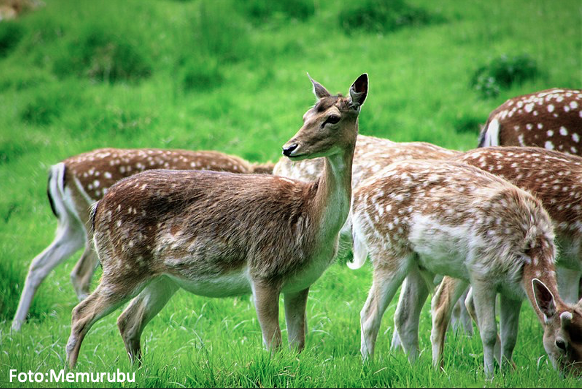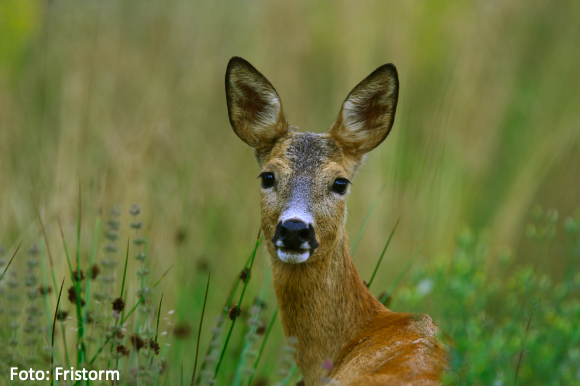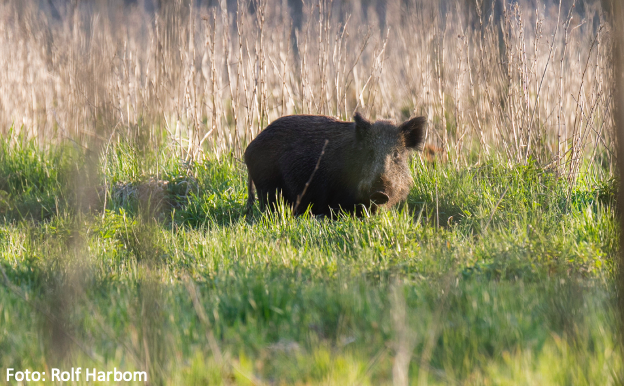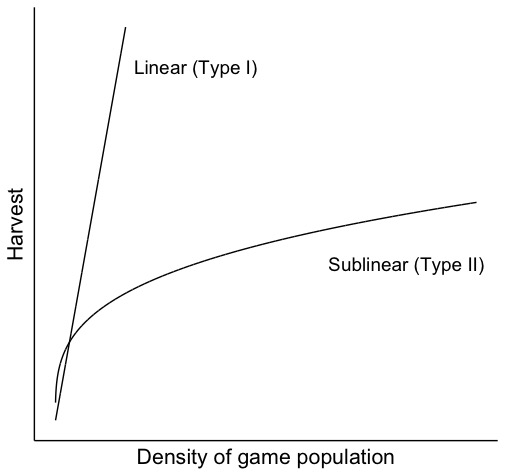


The population of fallow deer, roe deer, and wild boar has increased in numbers over the last years in Europe, including Sweden. Estimation of population densities is crucial for ungulate management since there are no data over the absolute population densities. Therefore, ungulate management is heavily dependent on data from the number of ungulate-vehicle collisions (UVCs), harvests, and observations as they are often used as an index for estimating population densities and distribution. Hunters’ harvest rates vary in response to a game species’ population size.
Therefore, hunting can be considered a form of predator-prey interaction. If a species increases in population density or is extremely abundant (to begin with), it is less likely that hunters are limited by time or continue hunting a species after felling a certain number, which would reduce the overall hunting effort. Therefore, hunters may be expected to reach a threshold despite an increase in game abundance (functional response type II), where the threshold does not vary with population density (Figure 1).
The aim of the present study was to see how hunters’ harvest rates vary in response to population densities of roe deer, wild boar, and fallow deer in Sweden.
